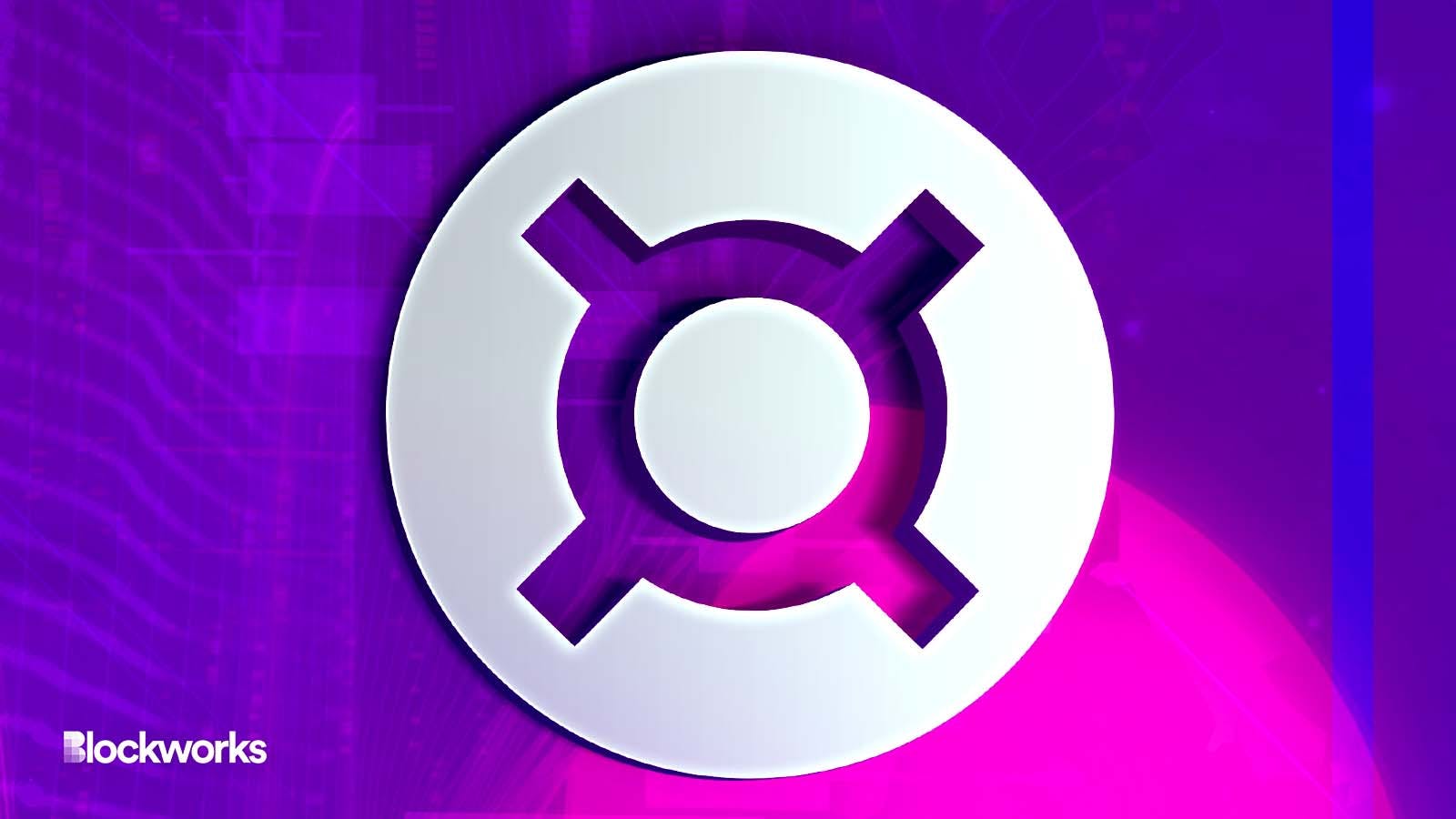Frax Ditches Algorithmic Backing, Citing Terra Failure
98% of community members have voted in favor of becoming a fully collateralized stablecoin

Keerthi Satheesh/Shutterstock.com modified by Blockworks
The community governance for stablecoin issuer Frax has voted to increase the collateral ratio for its stablecoin to 100%, removing the small algorithmic component which contributed to its value.
Frax, once known as a protocol that partially backed its stablecoin with collateral while stabilizing the rest with smart contract algorithms, it’s now gradually moving towards full collateralization.
“The costs of being slightly undercollateralized now far outweigh the benefits – especially because it can undermine the perceived safety of FRAX,” Frax finance admin Hameed wrote in a proposal.
Quorum for the proposal, which was set to 7.2 million FXS ($81 million), was well surpassed by 43 million FXS ($484 million) in total. Over 98% of community members voted in favor of implementing the changes.
Following the collapse of algorithmic-backed stablecoins such as UST, there has been a wide perception that they are less safe assets for users to hold.
“UST’s failure tainted the algorithmic stablecoin concept (whether fairly or unfairly). There is very little benefit in maintaining the current CR of 92%,” Hameed wrote. “Gradually shifting the protocol to 100% CR is the best path forward for the long-term health and growth of the protocol.”
The Blockworks Research team agrees.
“With Frax’s gradual transition to a 100% backing for its stablecoin, the token becomes less risky from a regulatory point of view,” they said. “This is a step closer to Maker’s model, where DAI is overcollateralized, which prioritizes safety.”
The proposal was designed to focus more on the end result — increase the credit ratio to 100% permanently — but does not touch on how the community plans to achieve this.
“There is no imminent need to increase the CR and there are many ways of reaching the target CR,” Hameed wrote. “Ideally growth, asset appreciation and protocol earnings will increase the CR to 100% over time.”
It is important to note that minting FXS to increase the credit value is not under consideration.
“This is effectively an investment in the future of Frax that will increase protocol assets and remove the need for FXS emissions towards locked liquidity,” Hameed wrote.
Get the news in your inbox. Explore Blockworks newsletters:
- The Breakdown: Decoding crypto and the markets. Daily.
- 0xResearch: Alpha in your inbox. Think like an analyst.






